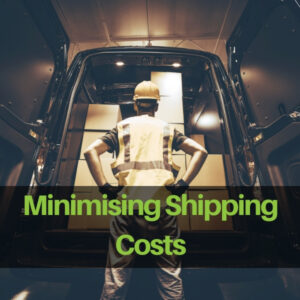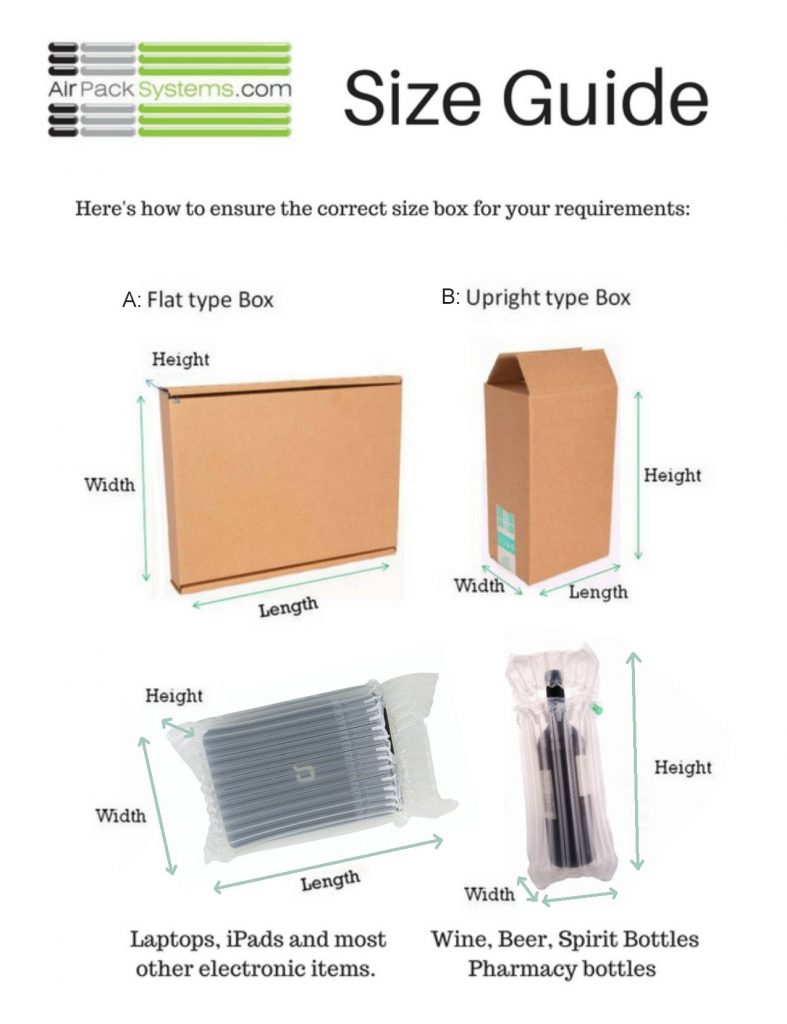 Minimising the costs of your product shipping is all about building cost-efficiency from the start of your logistics process, which means planning and optimising the best packaging options from the outset.
Minimising the costs of your product shipping is all about building cost-efficiency from the start of your logistics process, which means planning and optimising the best packaging options from the outset.
Get Yourself The Best Protection
Preventing damage to your product has to be the first consideration. Damage and returns cost you money, plain and simple. The best protective packaging can prevent costly damage during transit, with all the associated costs of returns, product replacement and additional re-shipping charges, not to mention unhappy customers.
Watch Your Weight
Sounds an obvious one, but with overall weight a key factor in shipping costs, selecting the lightest packaging materials available, without compromising on the levels of protection for your products, is key to reducing your shipping costs.
Turn Down The Volume
Making sure your overall package size doesn’t become too bloated is also important. Using a box that’s too large, or inner packaging that’s too bulky is inefficient and will add to the overall pack dimensions and physical weight, pushing up your shipping costs. Many of the major carriers now use a shipping pricing method that evaluates two main factors, one of which is the overall volume of the package (a ‘volumetric’ or ‘dimensional’ weight), as well as the physical weight. If the dimensional weight (DIM Weight) exceeds the physical weight, the DIM weight is used to calculate the cost.
Dimensional weight pricing policies are becoming increasingly strict, with new policies implemented by many of the major carriers in 2017. Using inner packaging which maximises product protection whilst minimising overall size, along with outer cartons and packaging which are specifically designed to fit snugly with no wasted space is key to reducing the overall volume of the package, and therefore keeping costs down.
Calculating the dimensional weight of your package is not quite as easy as the physical weight, although the following formula should help. First, calculate the volume of your package by multiplying its length, width and height in centimetres. Divide the result by 5,000, which is the figure used by major carriers in 2018. If the number you get is greater than the weight of your package, the shipping cost will be calculated using the dimensional weight rather than the physical weight. Many of the major carriers have handy calculators on their websites.
Plan Your Packaging
As previously mentioned, keeping your shipping costs as low as possible is all about planning and optimising the best packaging options from the outset. If you’d like further help and advice on your packaging options, please don’t hesitate to contact our friendly and expert team. Together we can reduce your shipping costs and build the best packaging solution for your unique needs, including bespoke protective packaging if required.
Related Articles.
A few of the reasons why packaging really matters to your brand
By ADMIN_AIRPACK • July 16th, 2024Some businesses seem to take packaging somewhat for granted, without putting too much thought into it or its importance. Yet, especially if you’re an e-commerce organisation, packaging is something which just about every business needs to use, whatever the size of your enterprise. And you may feel that you just want to go for the […]
Read more...How packaging can help you to reduce your carbon emissions
By ADMIN_AIRPACK • July 16th, 2024Climate change is obviously a hot topic, and it’s already affecting every region on Earth, with most scientists agreed that human activity is its single biggest cause. So, of course, lowering carbon emissions needs to be a top priority for all businesses. But despite a flurry of pledges on the climate, global emissions have continued […]
Read more...How inflatable packaging can improve customer retention
By ADMIN_AIRPACK • March 8th, 2024What is customer retention? Put simply, customer retention is the business of creating customer loyalty so that people make repeat purchases with you, and it says a lot about how satisfied they are with what you offer. For established brands in particular, keeping hold of loyal customers may almost be more important than attracting new […]
Read more...Back to blog
